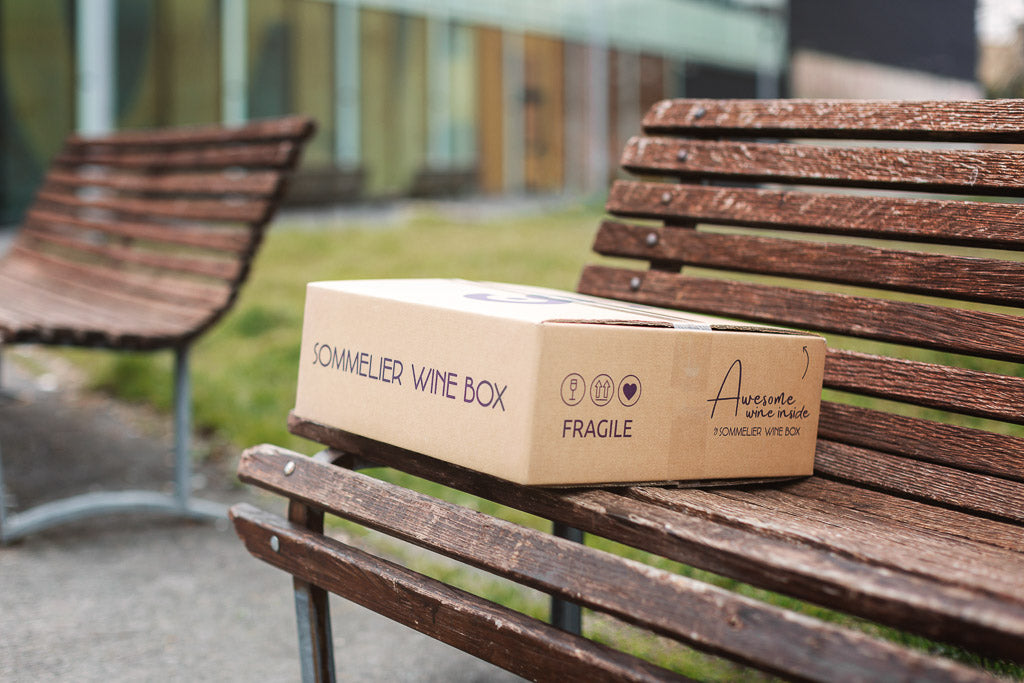Flavored wines divide enthusiasts: either they love them or they hate them. But what is it really about? Let's see what aromatized wines are.
What are aromatized wines?
Flavored wines are obtained from a base wine (with a minimum alcoholic strength of 10%) through an aromatization process.
Flavored wines: why are they produced?
The aromatization of wines is a very ancient process, adopted since ancient times and created with the aim of: facilitating the conservation of wines, improving their taste if they are not of very high quality, more generally adapting them to the tastes of the moment.
How are aromatized wines produced?
Flavored wines can be added with:
- Ethyl alcohol or brandy , to increase the alcoholic strength
- Sugar (or honey or caramel), to increase the consistency, enhance the aromas, reduce any bitter flavors imparted by some herbs and naturally give sweetness
- Extracts or infusions of herbs and spices , such as sage, cinnamon or nutmeg to characterize their aromas and flavors
The extraction of the aromas to be added to the base wine must be delicate, to avoid the solubilization of unpleasant substances, while the choice of the proportion of spices and herbs must be well balanced (the doses are often kept secretly in the companies). The wine obtained is then stabilized, clarified and filtered (to make it perfectly brilliant), cooled and left to rest. After 6-12 months it is bottled and put on the market.
What are the most famous aromatized wines?
Vermouth and Barolo Chinato are undoubtedly the best-known aromatized wines.
Barolo Chinato is obtained by adding cinchona bark (a plant native to Peru and Bolivia), its root and other flavoring substances to the Barolo DOCG wine. The alcohol content is around 16.5%. The best Barolo Chinatos are very balanced and definitely appreciable products.
Vermouth was produced in Italy for the first time in 1786 by the Carpano company (in Piedmont) and today it is widely used in the preparation of cocktails such as Negroni, Martini and Manhattan. White Vermouth must have at least 75% base wine, a minimum alcoholic strength by volume of 16% and at least 14% sugar. Dry Vermouth has at least 70% base wine, a minimum alcoholic strength by volume of 18% and a maximum of 4% sugar. Red Vermouth is obtained by adding caramel, while rosé is obtained by adding small quantities of red wine.
Non-Italian aromatic wines?
Retsina is produced in Greece and is an ancient wine, white or rosé, which undergoes the addition of pine resin during the fermentation of the must.
How do you pair aromatized wines?
The Barolo Chinato is to be tasted with cocoa-based desserts, bonbons and dark chocolate bars.
Try the Vermouth with orange peels covered in 75% cocoa chocolate, while the Amaro Vermouth pairs perfectly with hazelnut chocolate, and is therefore very creamy.




